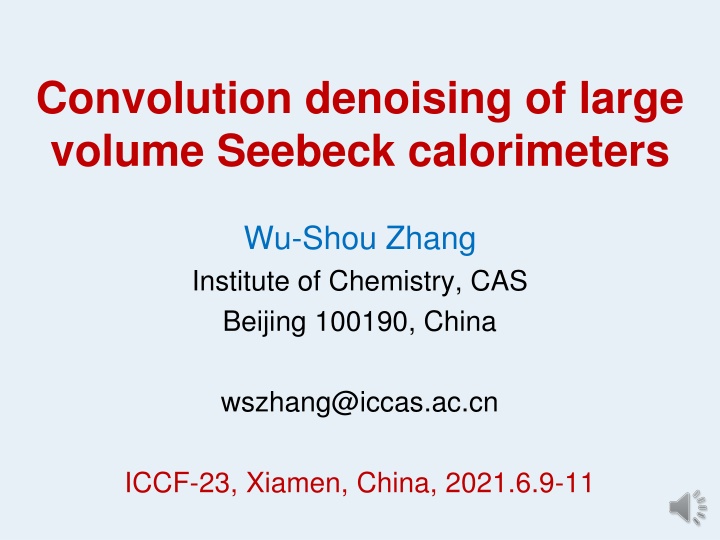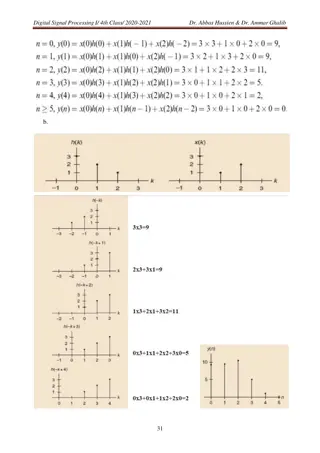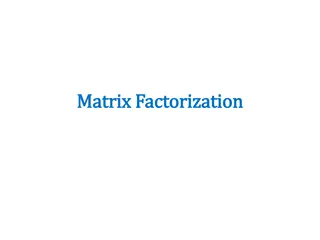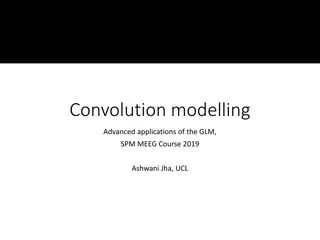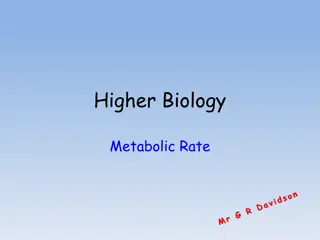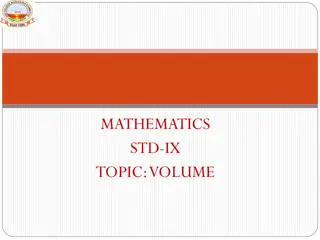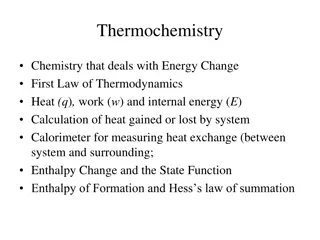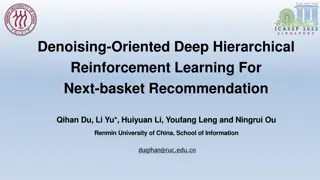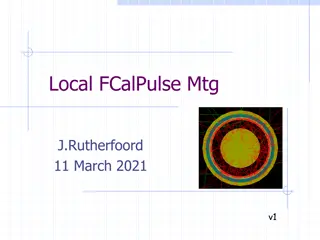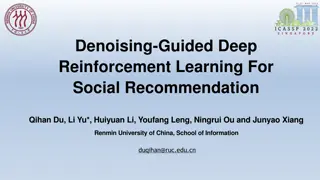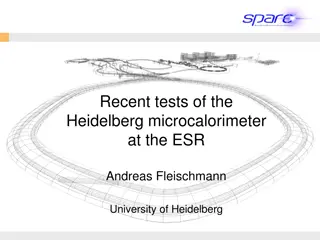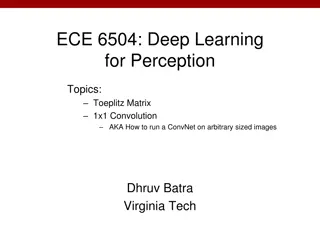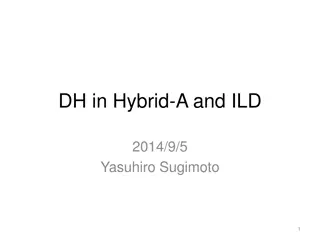Advanced Convolution Denoising Techniques for Large-Volume Seebeck Calorimeters
Cutting-edge research on convolution denoising methods for Seebeck calorimeters to reduce noise levels caused by temperature fluctuations. The study explores hardware design, mathematical principles, and examples of denoising applications, aiming to enhance measurement accuracy and stability in large-volume calorimetry setups.
Uploaded on Sep 14, 2024 | 1 Views
Download Presentation

Please find below an Image/Link to download the presentation.
The content on the website is provided AS IS for your information and personal use only. It may not be sold, licensed, or shared on other websites without obtaining consent from the author.If you encounter any issues during the download, it is possible that the publisher has removed the file from their server.
You are allowed to download the files provided on this website for personal or commercial use, subject to the condition that they are used lawfully. All files are the property of their respective owners.
The content on the website is provided AS IS for your information and personal use only. It may not be sold, licensed, or shared on other websites without obtaining consent from the author.
E N D
Presentation Transcript
Convolution denoising of large volume Seebeck calorimeters Wu-Shou Zhang Institute of Chemistry, CAS Beijing 100190, China wszhang@iccas.ac.cn ICCF-23, Xiamen, China, 2021.6.9-11
Seebeck envelope calorimeter (SEC) Letts 2019 Storms 2003 Water Jacket Thermal Insulation Water Jacket Thermocouples Sisik & Nagel, JCMNS 33 (2020) 234
A problem: big noise Standard Deviation: 2.8 mV or 37 mW for SEC2014 p-p value: 0.3 W Reason: fluctuation of bath temperature ( 0.005 C )
Design of hardware Schematic diagram Photo of Reference cell Schematic of Reference cell
Math principle. Example 1: SEC2014 (a) Changes of bath temperature, output signals of SEC and reference cell; (b) Response function after deconvolution; (c) Convolution denoising of SEC baseline (e.g. p-p value changes from 21 mV to 0.14 mV (0.67%) after denoising around 13 hr. It is equivalent to bath temperature stability reduced to 33 C ( 5 m C for water bath).
Math principle. Example 2: SEC2007 (a) Changes of bath temperature, output signals of SEC and reference cell; (b) Response function after deconvolution; (c) Convolution denoising of SEC baseline (e.g. p-p value changes from 10.56 mV to 0.19 mV after denoising around 101.725 hr. It is equivalent to temperature stability = 2 10 4 C ( 0.01 C for water bath).
Example 2: SEC2007 Up-left: calibration of SEC Up-right: P/W = 5.75676V + 0.1766V2, 2 =1.49 10 6, R2 = 1, SD = 1.7 mW (<< 30 mW originally). Down-right: response of SEC with power pulse of 30 mW.
Meanings of convolution-denoising for large SEC Twin-cell (Calvet) Present work physics math Principle Denoising passive active method = 1 << 1 Vreference/Vsample Requirement of High stability Basic stability bath temperature
New calorimeter based on new principles Sample room: 60(W) X 19(H) X 30(D) cm3 (34 L) Power range: mW to kW @ 20 C Zhang: China Patent #201810191597.0
